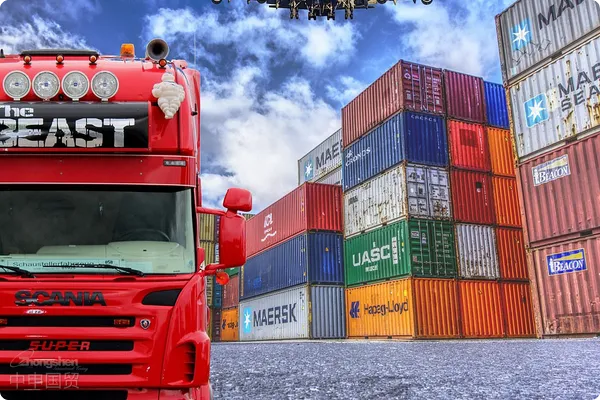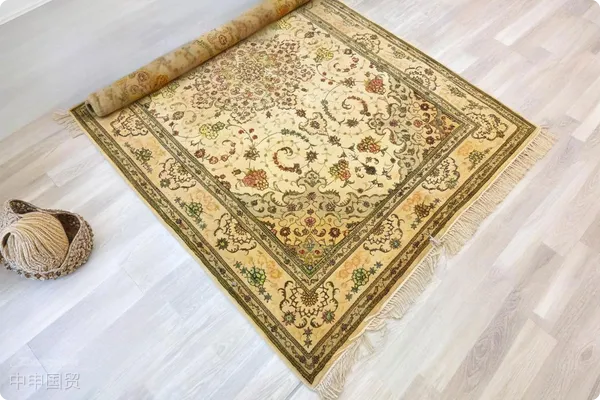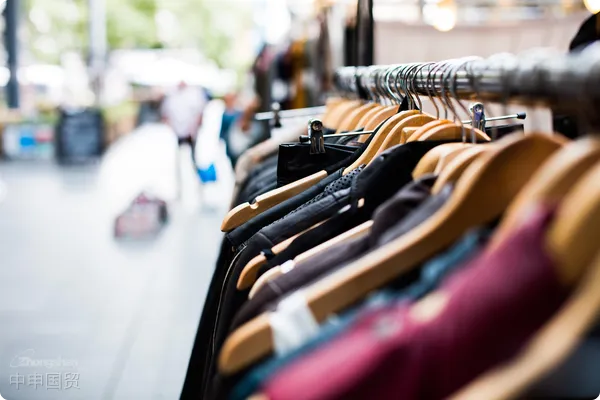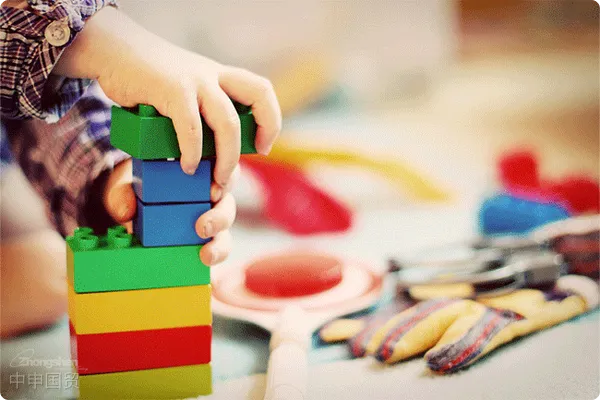- Shanghai Zhongshen International Trade Co., Ltd. - Two decades of trade agency expertise.
- Service Hotline: 139 1787 2118

In the global trade pattern, lampsCompulsory certificationpresent a unique development trend, full of many opportunities, and at the same time face certain challenges.
I. Market Opportunities
1. Growing Demand
Russia is vast in territory. Whether in its numerous cities or vast rural areas, the demand for lamps is constantly increasing. With the development of the Russian economy, the advancement of the urbanization process, and the improvement of peoples living standards, the demand for indoor lighting lamps in households is becoming increasingly diversified. From simple and practical basic lighting lamps to decorative and exquisitely designed chandeliers, wall lamps, etc., consumers demand for different types of lamps continues to rise. Moreover, in the commercial field, such as newly built shopping malls, office buildings, and hotels, the demand for high - end commercial lighting lamps is also extremely strong.
2. Infrastructure Construction Demand
Russia has been carrying out large - scale infrastructure construction. This includes the construction of new residential communities, the improvement of road lighting, and the expansion of industrial facilities. These construction projects provide a huge market space for lamp exports. For example, in the construction of new residential buildings, a large number of indoor lamps are needed to meet the living lighting needs of residents; road construction requires high - quality street lamps to ensure traffic safety and the beauty of the city. For lamp export enterprises that can provide high - quality, energy - efficient, and reasonably priced lamps, this is a business opportunity not to be missed.
3. Energy Efficiency Demand
Russia is also actively responding to the global trend of energy conservation and emission reduction. Lamps with high energy efficiency are becoming more and more popular in the Russian market. LED lamps, with their characteristics of low energy consumption and long lifespan, have broad prospects in the Russian market. As the Russian government pays more and more attention to energy conservation and environmental protection, the policy support for importing high - efficiency and energy - saving lamps may be further increased, which provides a good policy environment for lamp export enterprises.
II. Challenges Faced
1. Certification and Standard Requirements
Russia has a strict product certification and standard system. Lamp products must pass corresponding certifications, such as the GOST - R certification, etc., to enter the Russian market. These certification processes are complex and require enterprises to invest a lot of time, energy, and funds. Enterprises not only need to ensure that the product quality meets Russian standards but also be familiar with the certification process and requirements. For some small and medium - sized lamp export enterprises, this may be a relatively large obstacle because they may lack sufficient resources and professional knowledge to deal with these certification tasks.
2. Logistics and Transportation Costs
Russia is vast in territory, and the logistics and transportation distance is long. This leads to relatively high logistics costs for lamp exports to Russia. Moreover, the climate conditions in some parts of Russia are harsh. In winter, the cold weather may affect the packaging and product quality of lamps during transportation. In addition, the logistics infrastructure in some remote areas of Russia may be insufficiently developed, which may also lead to problems such as extended transportation time, loss or damage of goods, increasing the operational risks of lamp export enterprises.
3. Market Competition
The international lamp market is highly competitive, and lamp manufacturers from many countries and regions have their eyes on the Russian market. Lamp enterprises from China, Europe, Southeast Asia, and other regions compete with each other in the Russian market. Chinese lamps are known for their high cost - performance ratio, while European lamps have advantages in high - end design and brand influence. Southeast Asian lamps also gain a share in the Russian market with their cost advantages and unique styles. In such a competitive environment, lamp export enterprises need to continuously improve product quality, innovate in design, and optimize price strategies to gain a foothold in the Russian market.
4. Exchange Rate Fluctuations
The currency exchange rate of Russia is relatively unstable. Exchange rate fluctuations can have a significant impact on the profits of lamp export enterprises. If the exchange rate is favorable when the enterprise signs the contract, but the Russian currency depreciates when receiving the payment, then the actual payment received by the enterprise converted into the domestic currency will decrease, thus reducing the enterprises profit margin. This requires lamp export enterprises to pay close attention to exchange rate changes and adopt effective exchange rate risk management measures, such as hedging, when conducting trade.
III. Countermeasures
Thoroughly understand the market
Lighting export enterprises should conduct in - depth research on the demand characteristics, consumption trends, and cultural differences of the Russian market. Through market research, enterprises can develop products that better meet market demands according to the preferences of Russian consumers. For example, understand the preferences of different regions in Russia for the color and style of lighting fixtures, and develop special - featured lighting products for local traditional festivals or special occasions.
Actively respond to certification
Enterprises should actively invest resources, form professional teams or seek the help of professional certification service agencies to ensure that products can smoothly pass Russian certifications. At the same time, enterprises can regard the certification process as an opportunity to improve product quality and management level, establish a complete quality management system, so that products not only meet Russian standards but also are competitive in the global market.
Optimize the logistics plan
In order to reduce logistics costs and transportation risks, lighting export enterprises can look for reliable logistics partners and optimize logistics routes. During winter transportation, strengthen product packaging protection measures to ensure that lighting fixtures are not damaged in cold environments. In addition, enterprises can also consider establishing local warehousing centers in Russia, which can not only shorten the delivery time but also improve customer satisfaction.
Enhance core competitiveness
In the fierce market competition, lighting export enterprises should focus on enhancing their core competitiveness. On the one hand, increase investment in research and development and design, and develop lighting products with unique designs and high cost - performance ratios. On the other hand, strengthen brand building. By participating in local lighting exhibitions in Russia and carrying out marketing activities, improve the brands popularity and reputation in the Russian market.
Although lighting exports to Russia face many challenges, as long as enterprises can seize opportunities, actively respond to challenges, and formulate appropriate development strategies, they can achieve good development results in the Russian market and realize the sustainable development of the enterprise.
Related Recommendations
? 2025. All Rights Reserved. 滬ICP備2023007705號-2  PSB Record: Shanghai No.31011502009912
PSB Record: Shanghai No.31011502009912










